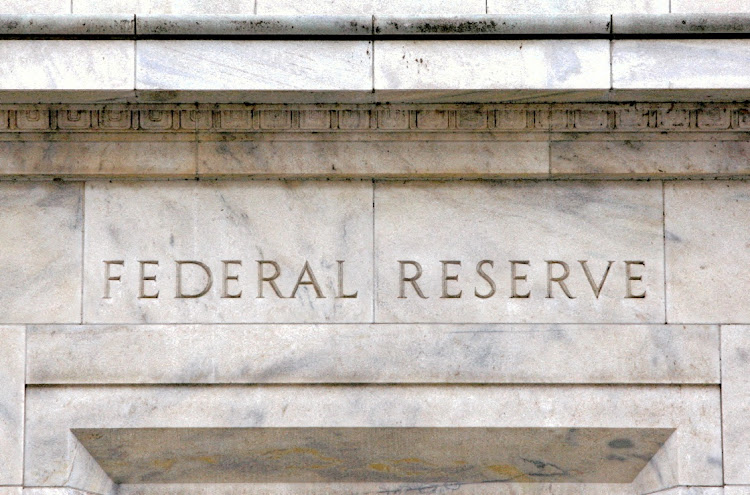Local and global indices stumble into the red

The Fed decision to keep interest rates high is weighing on most markets
Global monetary policy decisions and signals continue to drive asset prices and returns for investors, with the US Federal Reserve’s (Fed) position that interest rates are likely to be higher for longer the biggest factor. SA has concerns about fiscal risks as an added risk driver.
A common saying in finance is “sell in May and go away”, which has been affirmed this year as the returns across major asset classes globally were negative in September. Global equities as measured by the MSCI ACWI, MSCI World and MSCI EM were all in the red in September, delivering -5.5%, -4.4% and -2.8% respectively.
In the US, equity indices on major stock exchanges — the S&P 500, Nasdaq 100, and Dow Jones 30 — were all in the red, returning -4.9%, -5.1% and -3.5%. Across the Atlantic in Europe, equity markets in Germany and France were negative. The UK was an exception as the FTSE 100 delivered 2.3% for the month, but all the major indices in Asia were negative.
Global bond markets were not spared. In fact, they are the primary drivers of the rout in equities, and are themselves driven by expectations regarding monetary policy going forward. Ten-year benchmark bond yields rose across the major economies, up 46 basis points to 4.57% in the US, 38bp to 2.84% in Germany, 42bp to 3.4% in France and 8bp to 4.44% in the UK.
The trigger for the rise in long-term yields has been developments in the US. Concerns about the potential US government shutdown, which was narrowly averted through a last-minute deal on Saturday, was a big contributor. But this is a temporary solution as the deal is only for the next 45 days. A new deal will need to be struck before November 17 or the US government will shut down and induce market volatility again.
Over the short end of the curve yields rose for the major economies except the UK, which saw a 25bp decline in its two-year bond yields to 4.89%. The US and Germany’s two-year bond yields rose 18bp and 23bp to 5% and 3.2% respectively. This means the US, Germany and UK yield curves are all inverted, signalling that future economic growth is expected to be lower than current growth.
That is the conundrum with monetary policy settings, with the Fed’s signal that monetary policy will be higher for longer driving short-term bond yields higher but fiscal concerns also driving longer-term yields higher.
In SA we have additional risks coming from the fiscal position, where the tax figures coming out of the SA Revenue Service are signalling weaker revenues than budgeted for, while the spending figures from the Treasury are higher than budgeted for. Only cash produced positive returns, at 0.65% in September. All the other major asset classes, including bonds and property, were negative.
The problem with elevated fiscal risk is that investors either withdraw their investments, particularly in bonds and equities, or sit on the sidelines awaiting more clarity before they make decisions. JSE data shows that nonresident investors withdrew R44.6bn from bond markets and R11.7bn from equity markets in September.
Combined, capital outflows amounted to R56.2bn for the month, higher than the average monthly outflow of R47.5bn for the first nine months of 2023. Since the beginning of the year R427.4bn has left SA. Looking at the last 12 months that figure rises to R510.7bn.
The cause is a combination of global monetary policy that has made returns in US money markets funds more attractive, the rise in global bonds yields making them more attractive, and relatively better growth providing risk-adjusted returns outside SA.
Meanwhile, in SA economic growth is stagnant due to self-inflicted policy inertia and elevated fiscal risks. Turning the ship around and making SA assets more attractive for investment will require faster implementation of economic reforms that can boost economic growth and guarantee fiscal sustainability.
